The neutral color palette is a classic and timeless choice for painting a living room. It consists of shades of white, beige, gray, and taupe, creating a serene and calming atmosphere. This color palette is perfect for those who prefer a minimalist and sophisticated look in their living room. Neutral colors have the power to make a space feel bigger and brighter, making it an ideal choice for smaller living rooms.Neutral Color Palette for Painting Living Room
A warm color palette is perfect for creating a cozy and inviting living room. It includes shades of red, orange, and yellow, evoking feelings of warmth and energy. Warm colors are known to stimulate conversation and create a welcoming atmosphere, making them ideal for living rooms where people gather and socialize.Warm Color Palette for Painting Living Room
For a more calming and relaxing living room, a cool color palette is the way to go. This color scheme includes shades of blue, green, and purple, creating a serene and peaceful atmosphere. Cool colors are perfect for living rooms where you want to unwind and de-stress after a long day.Cool Color Palette for Painting Living Room
If you want to create a cohesive and harmonious look in your living room, consider using a monochromatic color palette. This color scheme involves using different shades of the same color, creating a subtle and sophisticated look. Monochromatic colors are perfect for creating a modern and minimalist living room.Monochromatic Color Palette for Painting Living Room
A complementary color palette is all about using colors that are opposite each other on the color wheel. This creates a high-contrast and bold look in your living room. For example, pairing shades of blue and orange or red and green can create a dynamic and eye-catching living room. Complementary colors are perfect for those who want to make a statement with their living room design.Complementary Color Palette for Painting Living Room
An analogous color palette is similar to a monochromatic color scheme but uses colors that are next to each other on the color wheel. This creates a harmonious and cohesive look in your living room. For example, pairing shades of blue and green or yellow and orange can create a soothing and balanced living room. Analogous colors are perfect for those who want a coordinated and put-together living room design.Analogous Color Palette for Painting Living Room
A triadic color palette involves using three colors that are evenly spaced on the color wheel. This creates a vibrant and energetic look in your living room. For example, pairing shades of yellow, blue, and red can create a bold and playful living room. Triadic colors are perfect for those who want a fun and lively living room design.Triadic Color Palette for Painting Living Room
A tetradic color palette is similar to a triadic color scheme but uses four colors that are evenly spaced on the color wheel. This creates a complex and dynamic look in your living room. For example, pairing shades of blue, green, red, and orange can create an eclectic and unique living room. Tetradic colors are perfect for those who want a bold and creative living room design.Tetradic Color Palette for Painting Living Room
A split-complementary color palette is a variation of the complementary color scheme. It involves using a base color and two colors that are adjacent to its complementary color. This creates a balanced and harmonious look in your living room. For example, pairing shades of blue with yellow and orange can create a warm and inviting living room. Split-complementary colors are perfect for those who want a more subtle and balanced living room design.Split-Complementary Color Palette for Painting Living Room
A double-complementary color palette involves using two sets of complementary colors. This creates a bold and dramatic look in your living room. For example, pairing shades of purple and yellow with blue and orange can create a vibrant and eye-catching living room. Double-complementary colors are perfect for those who want a daring and unique living room design.Double-Complementary Color Palette for Painting Living Room
Choosing the Perfect Color Palette for Your Living Room

The Importance of Color in Interior Design
 When it comes to designing a living room, choosing the right color palette is crucial.
Color has the power to transform a space and set the tone for the entire room.
It can create a sense of warmth, add depth and dimension, and evoke different emotions. As such, it is important to carefully consider the colors you use in your living room to create a cohesive and inviting space.
When it comes to designing a living room, choosing the right color palette is crucial.
Color has the power to transform a space and set the tone for the entire room.
It can create a sense of warmth, add depth and dimension, and evoke different emotions. As such, it is important to carefully consider the colors you use in your living room to create a cohesive and inviting space.
Consider the Room's Function
 Before deciding on a color palette, it is important to consider the function of your living room.
Is it a space for relaxation and unwinding, or do you entertain guests frequently?
The purpose of the room will influence the colors you choose. For a cozy and calming atmosphere, consider using warm, earthy tones like beige or light shades of brown. If you want to create a vibrant and energetic space, opt for bolder colors like red or yellow.
Before deciding on a color palette, it is important to consider the function of your living room.
Is it a space for relaxation and unwinding, or do you entertain guests frequently?
The purpose of the room will influence the colors you choose. For a cozy and calming atmosphere, consider using warm, earthy tones like beige or light shades of brown. If you want to create a vibrant and energetic space, opt for bolder colors like red or yellow.
Choose a Dominant Color
 When selecting a color palette for your living room, it is best to start with a dominant color.
This will serve as the main color of the room and will be the most prominent. You can choose from a variety of shades and tones within that color to add depth and interest. For example, if you choose blue as your dominant color, you can use light blue for the walls and darker shades of blue for accent pieces like pillows or curtains.
When selecting a color palette for your living room, it is best to start with a dominant color.
This will serve as the main color of the room and will be the most prominent. You can choose from a variety of shades and tones within that color to add depth and interest. For example, if you choose blue as your dominant color, you can use light blue for the walls and darker shades of blue for accent pieces like pillows or curtains.
Add Complementary Colors
/Homedecorwarmcolors-GettyImages-640896866-596fcc88af5d3a00110c5931.jpg) Once you have chosen your dominant color, it's time to add complementary colors to your palette. These are colors that work well with your dominant color and help to create a balanced look.
Some popular complementary color combinations include blue and orange, red and green, and yellow and purple.
These combinations create a visually appealing contrast and add dimension to the room.
Once you have chosen your dominant color, it's time to add complementary colors to your palette. These are colors that work well with your dominant color and help to create a balanced look.
Some popular complementary color combinations include blue and orange, red and green, and yellow and purple.
These combinations create a visually appealing contrast and add dimension to the room.
Don't Forget About Neutrals
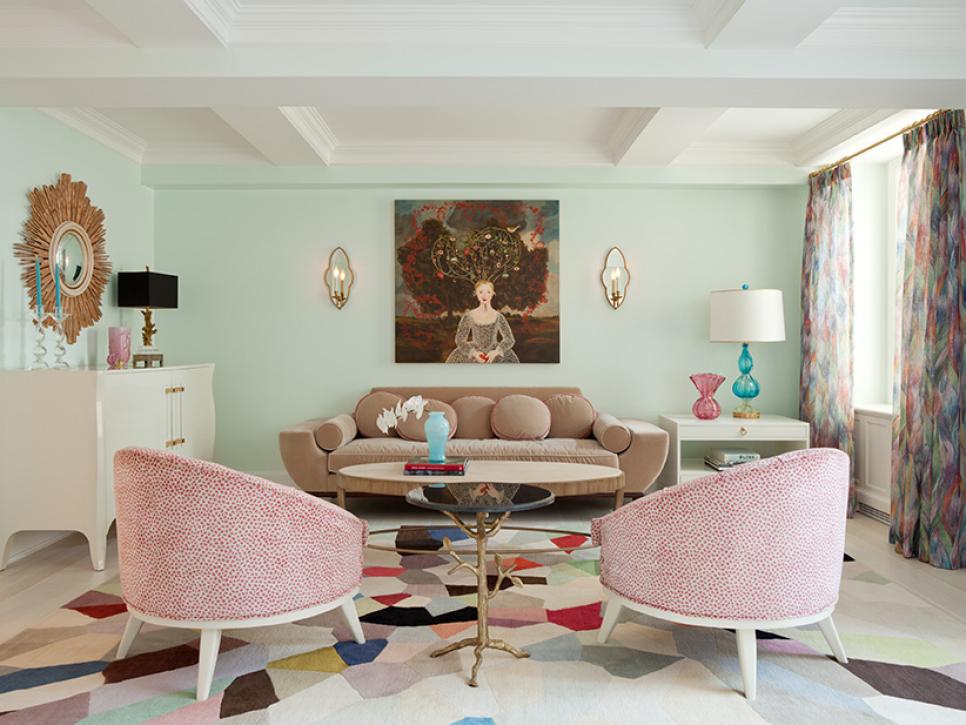 While bold colors can add personality and character to your living room, it is important not to overlook the importance of neutral colors.
Neutrals like white, gray, and beige can help to balance out bolder colors and create a more cohesive look.
They also serve as a great backdrop for accent pieces and can help to make your living room feel more spacious.
While bold colors can add personality and character to your living room, it is important not to overlook the importance of neutral colors.
Neutrals like white, gray, and beige can help to balance out bolder colors and create a more cohesive look.
They also serve as a great backdrop for accent pieces and can help to make your living room feel more spacious.
Experiment and Have Fun
 When it comes to choosing a color palette for your living room,
don't be afraid to experiment and have fun with it!
Play around with different colors and shades to find the perfect combination that reflects your personal style and creates a welcoming and comfortable space for you and your guests.
When it comes to choosing a color palette for your living room,
don't be afraid to experiment and have fun with it!
Play around with different colors and shades to find the perfect combination that reflects your personal style and creates a welcoming and comfortable space for you and your guests.
In conclusion, choosing the right color palette is essential in creating a well-designed living room. Consider the function of the room, choose a dominant color, add complementary colors, and don't forget about neutrals. With these tips in mind, you can create a beautiful and inviting living room that reflects your unique taste and personality.



/Neutrallivingroom-GettyImages-568518365-5a6260a87d4be80036ac6b0c.jpg)


:max_bytes(150000):strip_icc()/Comfy-Neutral-Living-Room-581bd7a53df78cc2e8ac3da6.jpg)


/MyDomaine_ColorPalette-Neutral-2-3590678b1c9143e28dd6b536f0a1e008.jpg)
/Lee-Edwards-Getty-Images-56a5ae653df78cf7728968ec.jpg)




/GettyImages-1166439205-55e4b070c78f40f58e4f785546eea0fb.jpg)



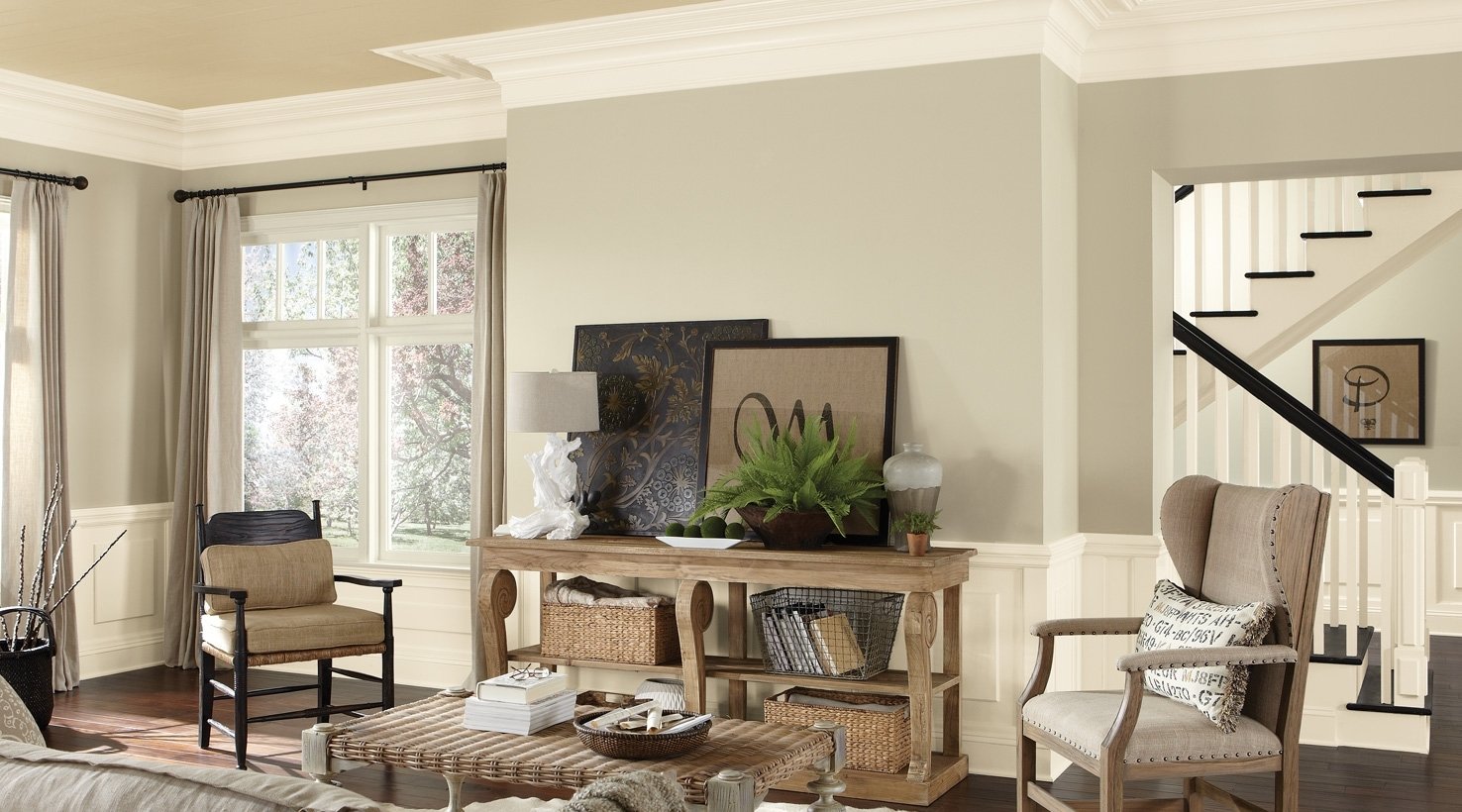
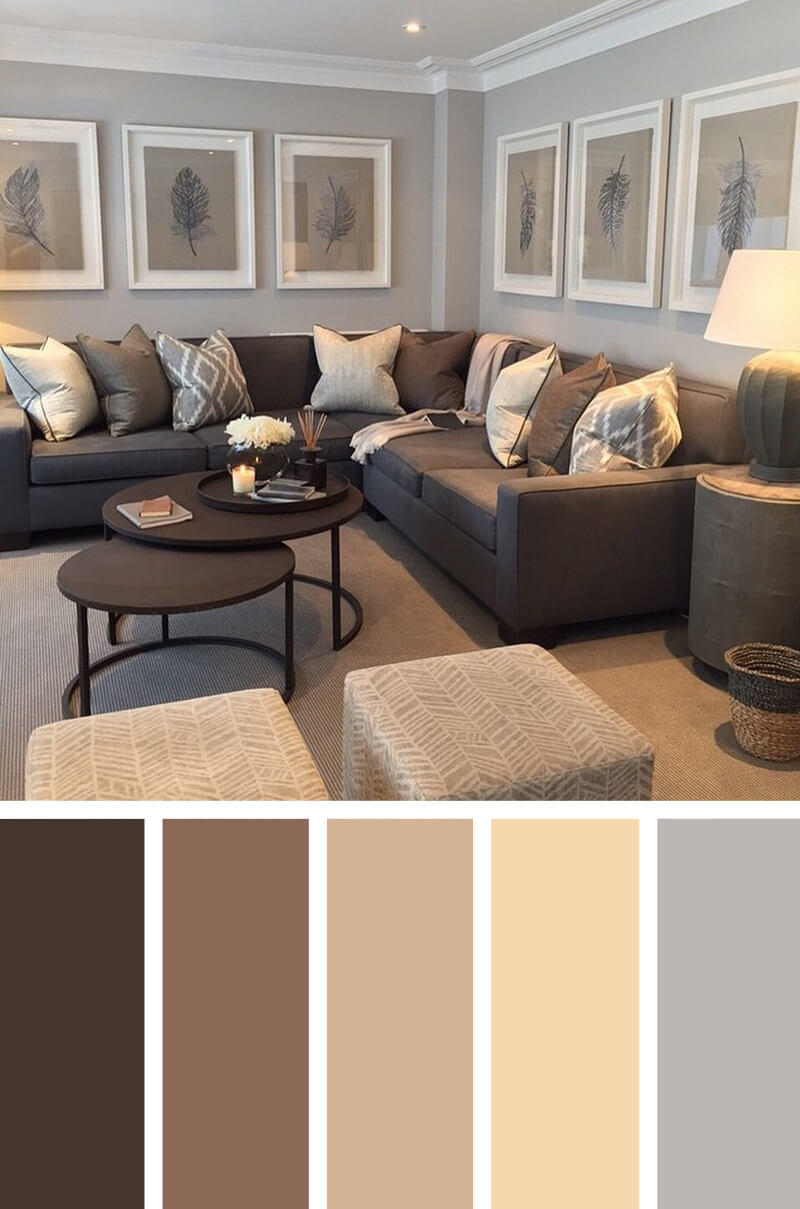



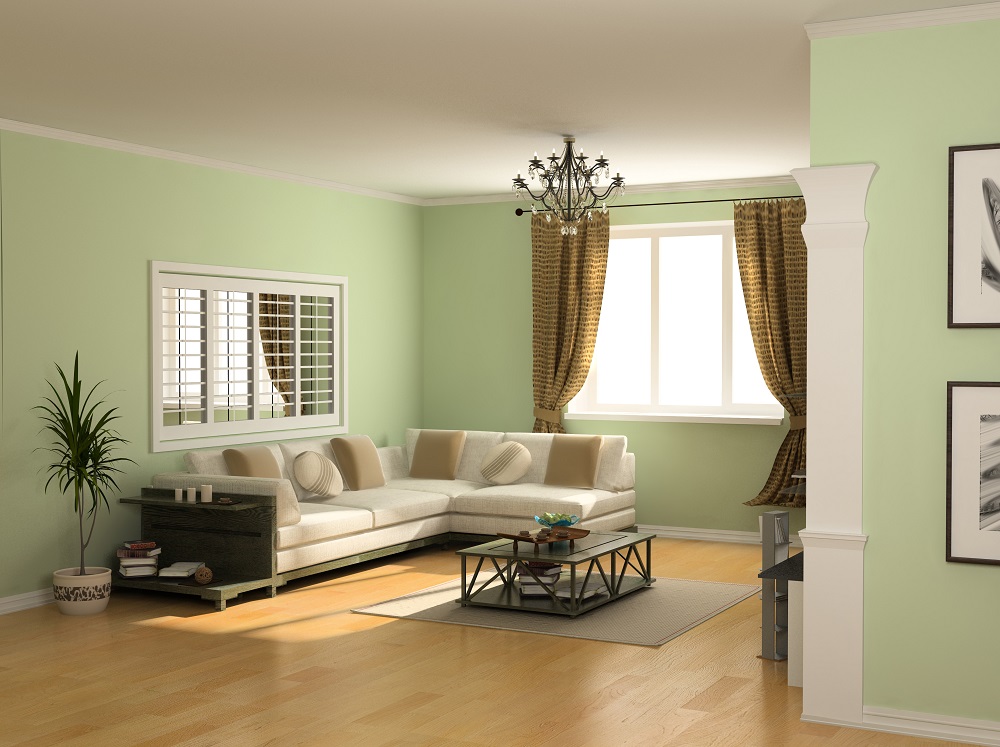

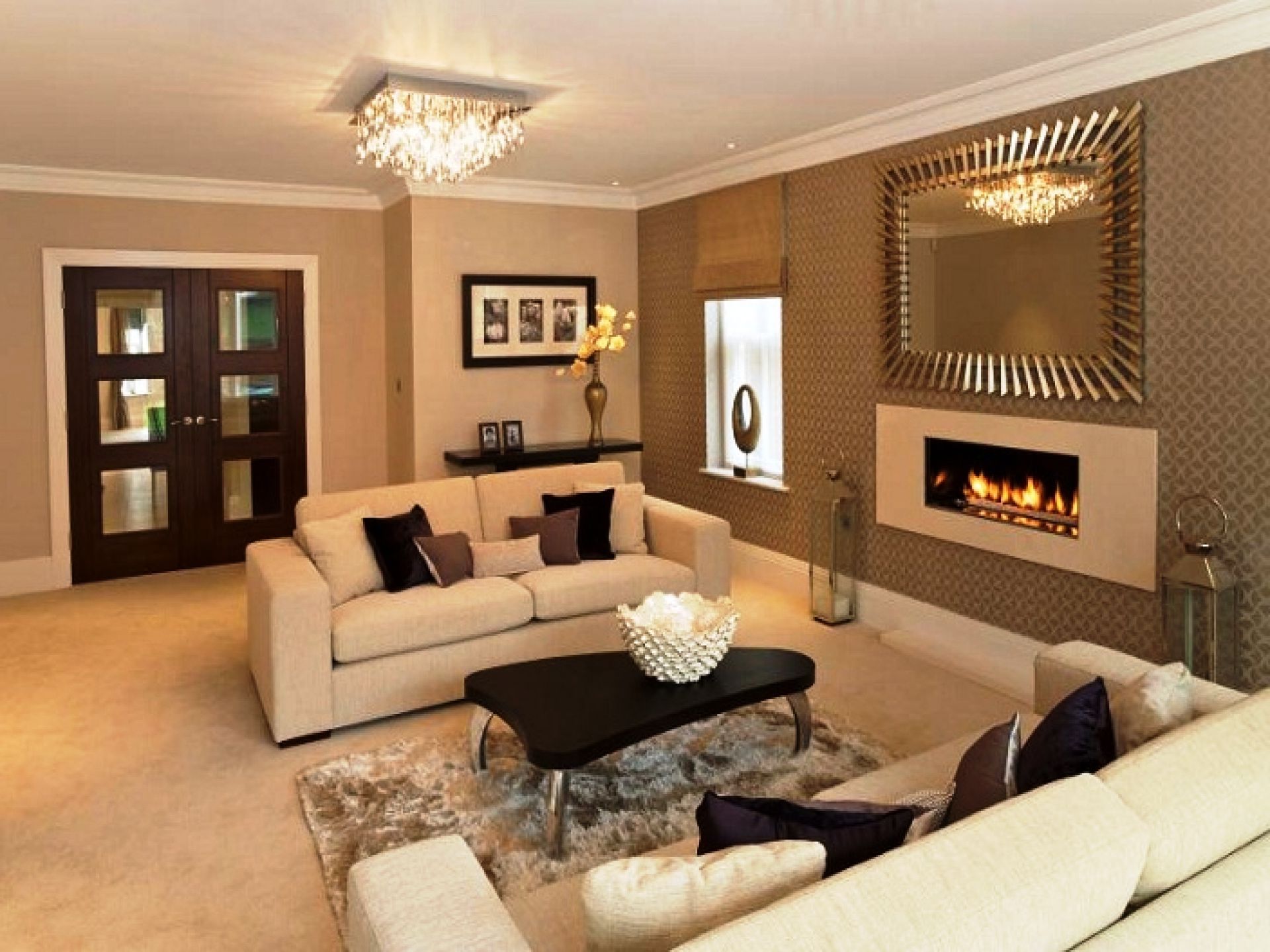







:max_bytes(150000):strip_icc()/monochromatic-175424478-resized-58a475403df78c4758656547.jpg)




































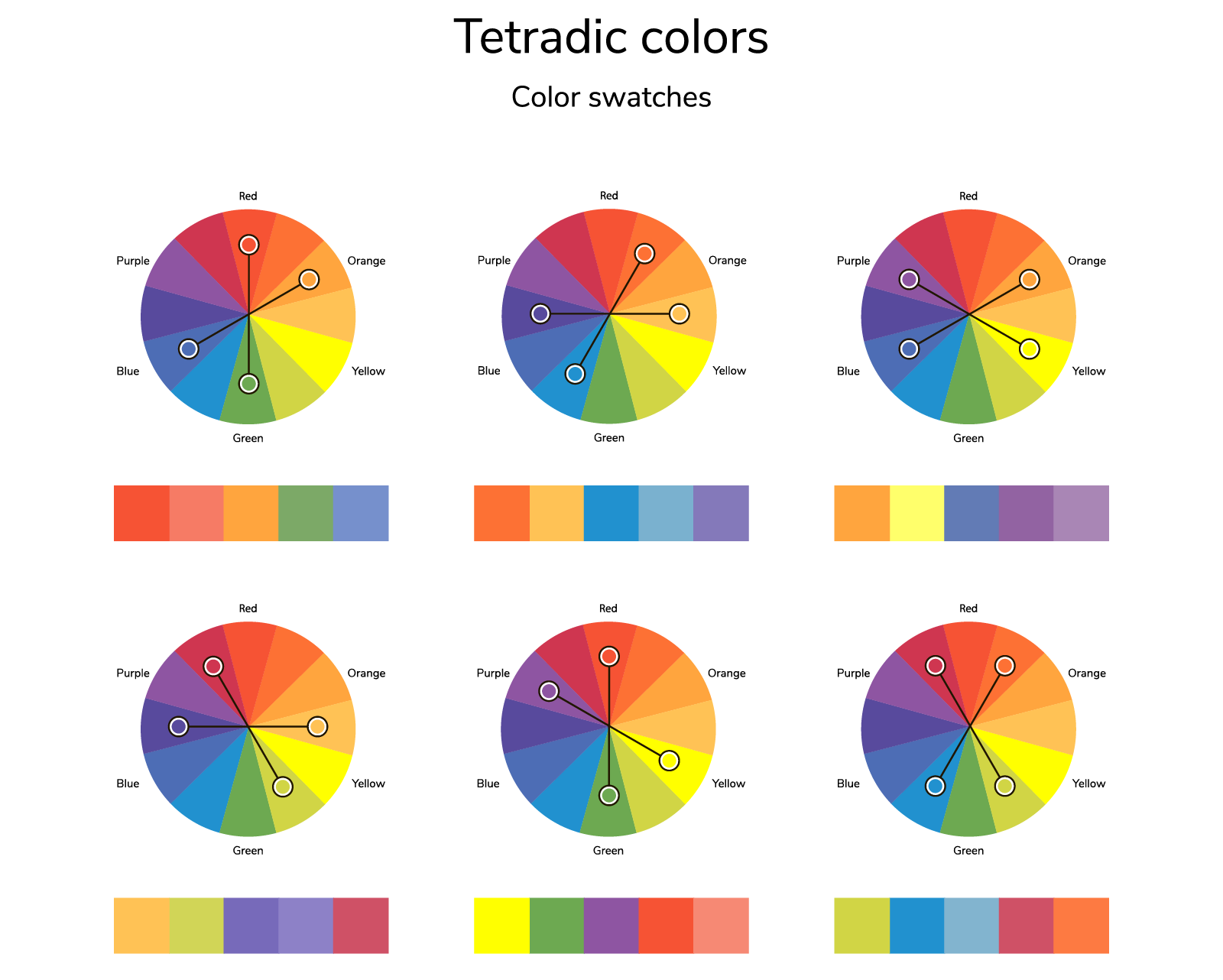










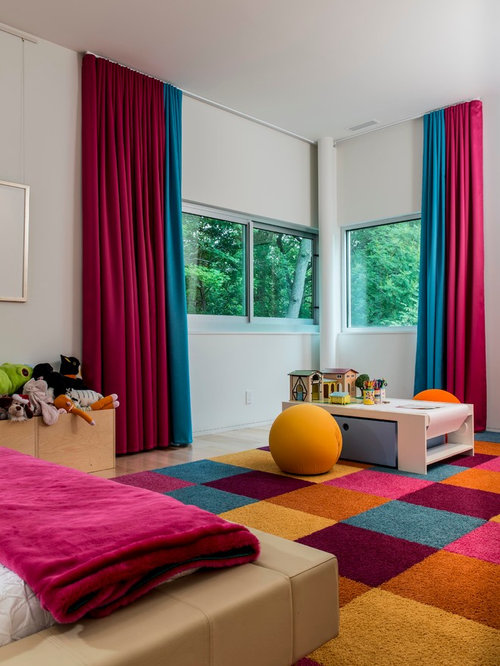




















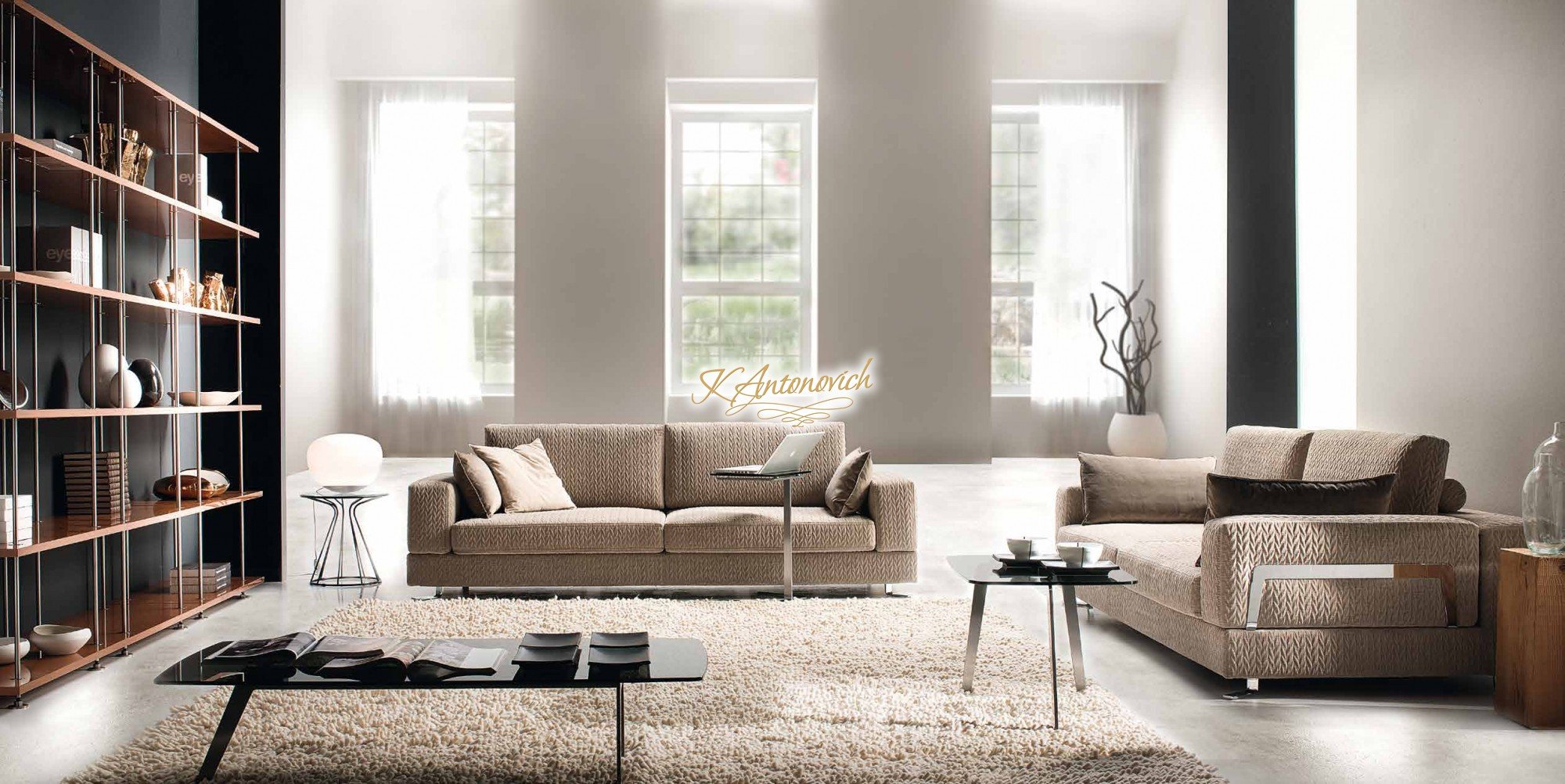

:max_bytes(150000):strip_icc()/SleeponLatex-b287d38f89374e4685ab0522b2fe1929.jpeg)
